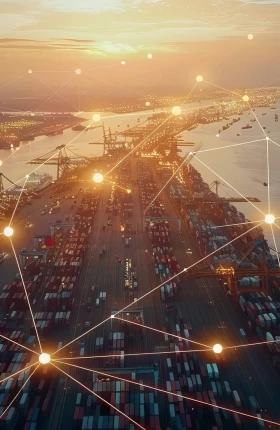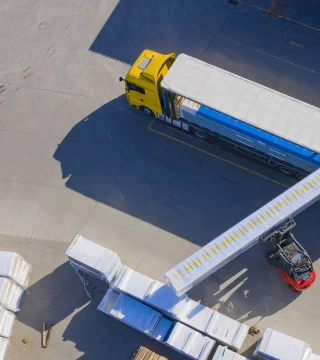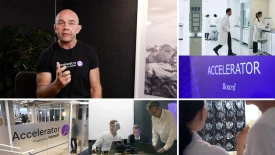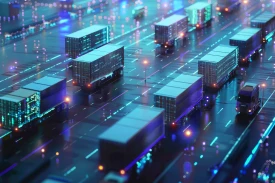How BCG Supports Supply Chain Management

BCG believes that customization is essential for a successful supply chain transformation program. We tailor our offerings to help companies strike the right tradeoffs among cost-effectiveness, agility, sustainability, and resilience. Our digital and AI implementations are targeted to solve each client’s distinct supply management pain points.
Our Approach to Supply Chain Management
Our Approach's Impact
We begin by applying our proven approach to diagnose supply chain issues and the tangible value at stake. We then build capabilities, institute change management programs, and rapidly scale technology solutions to enable service-level improvements, provide platforms for growth, and capture sustainable savings. Here are four key ways we help clients future-proof their supply chains:
- Cost-Effectiveness. Our cost management efforts focus on connecting silos in order to optimize supply chain costs while improving service and reliability. We also right-size integrated manufacturing and logistics networks to better meet demand, as well as improve distribution and warehousing to get products to customers faster and cheaper.
- Sustainability. We accelerate supply chain sustainability through a well-coordinated suite of initiatives. These include creating transparency across all emissions scopes and supply tiers, optimizing product designs for sustainability, engaging suppliers, and fostering ecosystems. We also introduce low-carbon governance to align internal incentives and empower the organization.
- Agility. We help companies build agile supply chains that allow them to rapidly adapt to changes in markets and customer demands. Companies can leverage flexibility, real-time visibility, collaboration, and advanced technologies to enhance growth, transformation, innovation, and supply chain resilience.
- Resilience. We help companies gain competitive advantage and mitigate risk by building supply chain resilience. This includes diversifying the supply footprint to ensure access to key markets and resources, implementing flexible sourcing and manufacturing, and boosting operational risk awareness and traceability.
Across these efforts, we help companies utilize digital products and solutions and AI to improve decision-making, drive supply chain optimization, and foster sustainable supply chains. Capabilities such as Supply Chain AI help clients focus on the highest-value supply management opportunities and gain insights that strengthen supply chain resilience by helping them recover faster from supply chain disruptions.
Our future-proofing approach also includes using GenAI to enhance the data backbone, augment supply chain analytics, overhaul the user experience, and fully automate processes.
Our Supply Chain Management Work with Clients
Our Featured Supply Chain Management Tools and Offers
Supply Chain AI by BCG X
Compass Performance Benchmarking by BCG
Our Latest Insights on Supply Chain Management




















